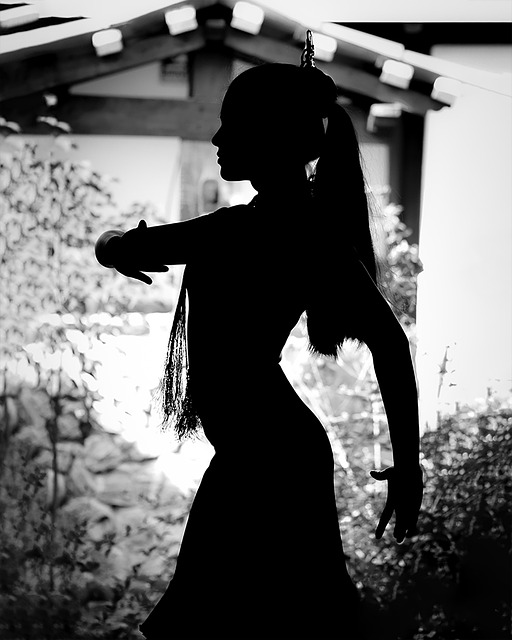Camarón de la Isla.
The name was like background music in my childhood.
My parents would mention him now and then—“El mejor de todos,” they’d say, with that wistful tone.
But as a kid growing up in the UK, I barely paid attention.
Flamenco wasn’t on my radar. It felt like something distant and dusty, a world away from my life in London.
That all changed one chilly afternoon in my late teens. I was scrolling aimlessly through music when I stumbled on Como el Agua.
I hit play, not expecting much.
And then it happened.
Camarón’s voice poured through my headphones like liquid fire, raw and unfiltered. I was frozen, somewhere between awe and heartbreak.
Before I knew it, I was walking down Regent Street in London, tears streaming down my face, completely overwhelmed. His voice seemed to peel back the layers of my soul, exposing emotions I didn’t even know I had.
It wasn’t just the song—it was the strange, electric connection I suddenly felt to flamenco, to my parents, to Andalusia itself.
I didn’t just hear Camarón’s voice.
I felt it in my gut, a visceral reminder of where I came from, even if I’d never lived there.
The Life and Legend of Camarón
Camarón de la Isla was more than a singer.
Born José Monje Cruz in San Fernando, Cádiz, he became the voice of a generation—and then some. His voice had this impossible depth, like it was carrying centuries of stories, pain, and joy.
He almost single-handedly revolutionised flamenco.
Partnering with Paco de Lucía, he gave flamenco a fresh edge, weaving in jazz and rock influences that drew in younger audiences while preserving the emotional core of cante jondo.
But what set Camarón apart was his ability to make you feel.
Whether he was singing about love, loss, or the struggles of life, his voice was like a bridge straight to your heart.
For me, that moment on Regent Street was a turning point. Camarón cracked open a door I hadn’t even realized was there. Through him, I began to discover my untapped passion for flamenco—not as something distant, but as a part of me.
If you’ve never experienced Camarón, do yourself a favour.
Start with the 1979 album La Leyenda del Tiempo and let yourself get lost in his world. I promise, you won’t come out the same.
When he partnered with Paco de Lucía, the fusion of Camarón’s soul-stirring voice and Paco’s revolutionary guitar playing marked a golden era for flamenco. The album shocked traditionalists while captivating a new generation.
To this day, artists from all over the world, whether in flamenco or other genres, cite Camarón as an inspiration.
Camarón de la Isla didn’t just change flamenco—he redefined what it could be.
His influence still ripples through the flamenco world and far beyond. He brought the art form out of intimate peñas (flamenco clubs) and onto global stages, making it accessible to audiences who may never have heard the deep, aching sounds of cante jondo before.
But his story was tragically short.
Camarón passed away in 1992 at just 41 years old, leaving a void that has never been filled. His death felt like a personal loss to so many, not just in Spain but across the globe.
Yet his legacy endures—his recordings still resonate, his influence shapes flamenco’s future, and his voice continues to move people like me, walking down streets in unexpected tears.
Camarón de la Isla isn’t just a memory; he’s a living presence in the soul of flamenco.



